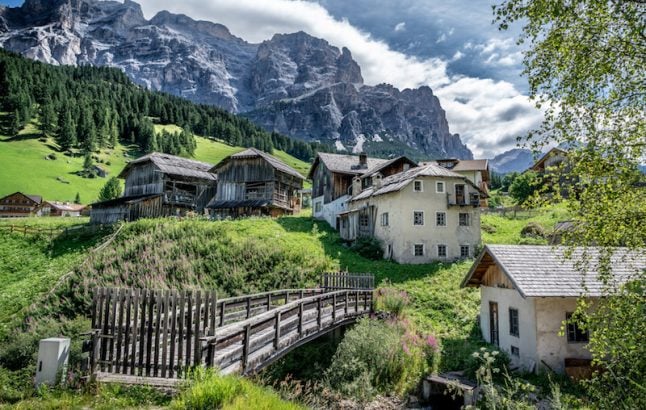St. Hubertus, run by South Tyrol native Norbert Niederkofler in the ski village of San Cassiano, is the ninth restaurant in Italy to win the Michelin Guide’s coveted third star.
The mountain restaurant, which serves only dinner and closes in spring and autumn, joins the ranks of such culinary heavyweights as Massimo Bottura’s Osteria Francescana in Modena, considered by some the best restaurant in the world, and Enoteca Pinchiorri in Florence, which has earned three Michelin stars every year since 1993.
St. Hubertus is the first Italian restaurant to get Michelin’s top ranking since 2014. Founded inside a hotel’s pizzeria 21 years ago, chef Niederkofler built it up to an world-class restaurant using exclusively local ingredients and flavours.
Niederkofler, who grew up foraging in the mountains of South Tyrol, describes his philosophy as “Cook the mountain” – which results in dishes such as suckling pig with cucumber and flowers, calf tripe with wild herbs and mountain milk or eel and chamomile.
Fittingly, he named his 11-table restaurant after the patron saint of hunters.
It won its first Michelin star in 2000 and its second in 2007.
In total 356 restaurants in Italy have one or more Michelin stars, according to the guide’s 2018 edition, which awarded the country’s eateries 22 new stars this year.
That places Italy second only to France in Michelin’s global ranking.
The northern region of Lombardy has the highest number of starred restaurants, with 63, followed by Campania in the south with 41. Lombardy’s northern neighbours, Piedmont and Veneto, follow with 39 and 38 respectively.




 Please whitelist us to continue reading.
Please whitelist us to continue reading.